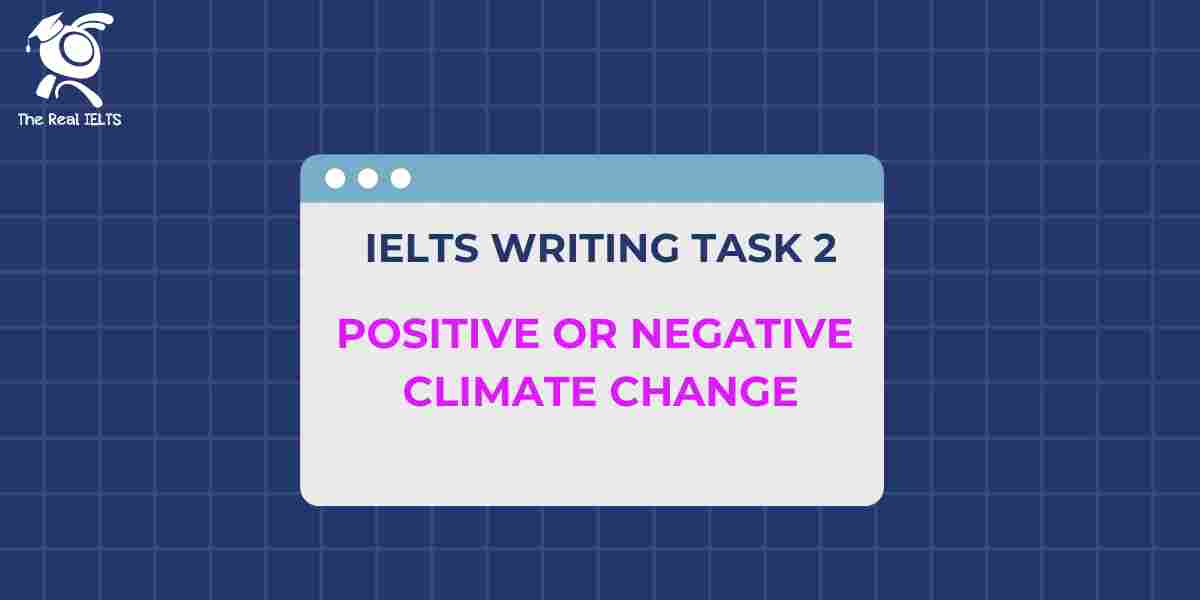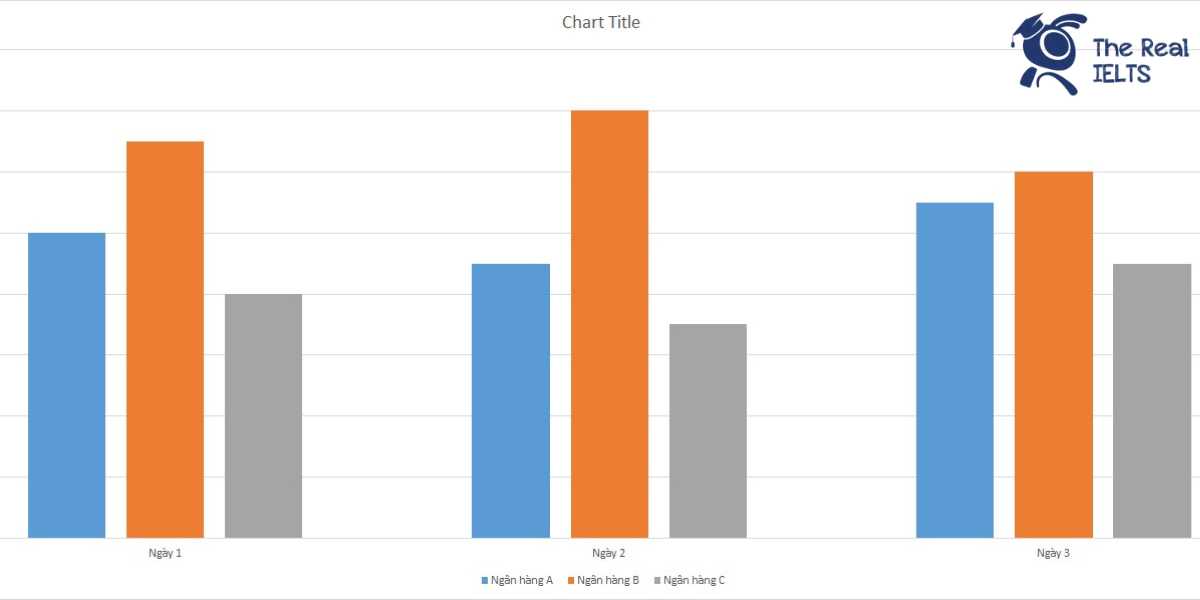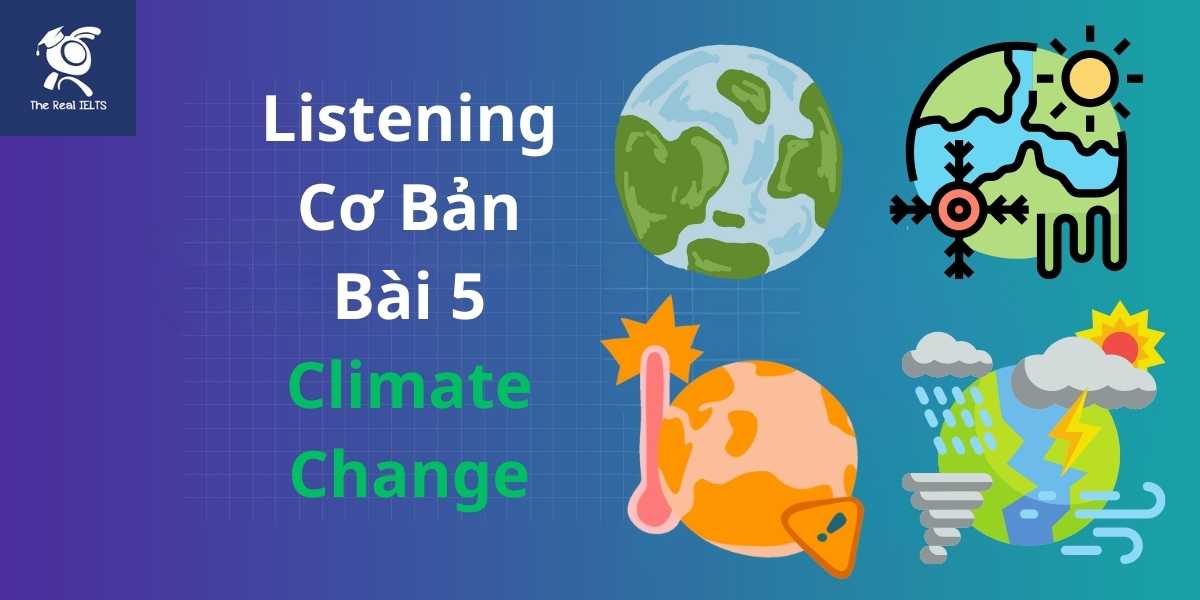IELTS Reading 97: The importance of innovation in healthcare là chủ đề thuộc chuỗi bài luyện tập 11 dạng bài IELTS Reading và các bài tập luyện tập.
Học lại bài cũ: IELTS Reading 96: The Fourth Industrial Revolution.
IELTS Reading: The future of blockchain technology
Artificial Intelligence (AI) has emerged as a transformative force in various sectors, fundamentally reshaping the labor market. Its rapid development raises critical questions about the future of work, job displacement, and the creation of new employment opportunities. As AI systems become increasingly integrated into everyday operations, understanding their impact on the labor market is essential for workers, employers, and policymakers.
The Rise of AI Technologies
The proliferation of AI technologies, such as machine learning, natural language processing, and robotics, has led to significant advancements in productivity and efficiency. These technologies enable machines to perform tasks traditionally carried out by humans, often with greater speed and accuracy. Industries ranging from manufacturing to healthcare have begun to adopt AI-driven solutions, streamlining processes and reducing operational costs. For example, AI-powered robots are now capable of assembling products on factory floors, while algorithms can analyze vast amounts of medical data to assist doctors in diagnosing diseases.
Job Displacement and Creation
Despite the benefits AI brings, concerns about job displacement are prevalent. Many fear that automation will render specific roles obsolete, particularly in sectors that rely on repetitive tasks. Data from various studies indicate that up to 30% of jobs in the United States could be at risk of automation in the coming decades. However, it is important to note that while AI may displace certain jobs, it is also likely to create new ones. As industries evolve, new roles emerge that require human oversight, creativity, and emotional intelligence—skills that AI cannot replicate.
The Need for Reskilling
To navigate the changing landscape of the labor market, reskilling and upskilling will become increasingly important. Workers must adapt to the new demands of the job market by acquiring skills that complement AI technologies. Educational institutions and employers are called to play a pivotal role in providing training programs that equip individuals with the necessary skills for the future. For instance, courses in data analysis, programming, and AI ethics can empower workers to thrive alongside emerging technologies.
The Role of Policy
Policymakers must also consider the implications of AI on employment. Implementing strategies that support workforce transitions and ensure equitable access to training opportunities is crucial. This may include investing in lifelong learning initiatives, creating safety nets for displaced workers, and fostering public-private partnerships to stimulate innovation and job creation. By addressing these challenges proactively, governments can help mitigate the negative impacts of AI on the labor market while maximizing its potential benefits.
Conclusion
The integration of artificial intelligence into the labor market presents both challenges and opportunities. While concerns about job displacement are valid, the potential for new job creation and increased productivity is equally significant. By focusing on reskilling and proactive policy measures, society can navigate the complexities of this technological revolution, ensuring that the workforce is prepared for the future. As AI continues to evolve, its influence on the labor market will undoubtedly shape the way we work and live for generations to come.
Questions
1. Multiple Choice Questions
- What is one significant benefit of AI technologies mentioned in the passage? A. Job displacement
B. Increased productivity
C. Higher operational costs
D. Decreased accuracy - Which sector is NOT specifically mentioned as benefiting from AI technologies? A. Manufacturing
B. Healthcare
C. Education
D. Retail - According to the passage, what is a primary concern regarding the rise of AI in the labor market? A. Increased job satisfaction
B. Creation of new job roles
C. Job displacement
D. Enhanced creativity in the workplace
2. True/False/Not Given
- AI technologies have been shown to improve operational costs in many industries.
- All jobs are at risk of being automated due to AI advancements.
- The passage states that only programming skills are needed for workers to adapt to AI.
3. Yes/No/Not Given
- The author believes that AI will ultimately lead to a decrease in job opportunities.
- There is a suggestion in the passage that emotional intelligence is a skill that AI cannot replicate.
- Policymakers have been proactive in addressing the impact of AI on the labor market according to the passage.
4. Matching Information
- Match the following impacts of AI with the correct paragraph:
- Job displacement
- New job creation
- Need for reskilling
5. Matching Headings
- Choose the correct heading for each paragraph:
- A. The challenges of AI in the workplace
- B. The integration of AI technologies
- C. Preparing the workforce for the future
6. Matching Sentence Endings
- Complete the sentences with the correct ending:
- AI technologies can lead to significant advancements in…
- The fear of job displacement is prevalent because…
- Reskilling is important for workers to…
7. Sentence Completion
- Workers must adapt to the new demands of the job market by acquiring skills that…
- AI is capable of performing tasks traditionally carried out by…
8. Summary Completion
- Fill in the blanks in the summary:
The integration of AI into the labor market presents both challenges and opportunities, particularly in terms of ___ and ___.
9. Diagram Label Completion
- Complete the labels for the diagram based on AI impacts on the labor market:
- Job ___
- New job ___
- Reskilling ___
10. Short Answer Questions
- What type of skills do educational institutions need to focus on for future workers?
- How can policymakers help workers who are displaced by AI?
11. Table/Flowchart/Note Completion
Instructions: Complete the table below by filling in the gaps with relevant information from the passage.
| Impact of AI on the Labor Market | Details |
|---|---|
| Positive Impacts | 1. Increased productivity |
| 4. Opportunities for innovative solutions | |
| 5. Potential for improved job satisfaction | |
| Negative Impacts | |
| 2. Need for workers to reskill and adapt | |
| 3. Concerns over equitable access to training | |
Đáp án
1. Multiple Choice Questions
- B. Increased productivity
- C. Education
- C. Job displacement
2. True/False/Not Given
- True
- False
- Not Given
3. Yes/No/Not Given
- No
- Yes
- Not Given
4. Matching Information
- Job displacement → Paragraph 3
- New job creation → Paragraph 2
- Need for reskilling → Paragraph 4
5. Matching Headings
- A. The challenges of AI in the workplace → Paragraph 3
- B. The integration of AI technologies → Paragraph 2
- C. Preparing the workforce for the future → Paragraph 4
6. Matching Sentence Endings
- AI technologies can lead to significant advancements in productivity and efficiency.
- The fear of job displacement is prevalent because many jobs may be rendered obsolete.
- Reskilling is important for workers to adapt to the new demands of the job market.
7. Sentence Completion
- Workers must adapt to the new demands of the job market by acquiring skills that complement AI technologies.
- AI is capable of performing tasks traditionally carried out by humans.
8. Summary Completion
- The integration of AI into the labor market presents both challenges and opportunities, particularly in terms of job displacement and new job creation.
9. Diagram Label Completion
- Job displacement
- New job creation
- Reskilling requirements
10. Short Answer Questions
- What type of skills do educational institutions need to focus on for future workers?
- Skills in data analysis, programming, and AI ethics.
- How can policymakers help workers who are displaced by AI?
- By implementing strategies that support workforce transitions and providing training opportunities.
11. Table/Flowchart/Note Completion
| Impact of AI on the Labor Market | Details |
|---|---|
| Positive Impacts | 1. Increased productivity |
| 2. Creation of new job roles | |
| 3. Enhanced efficiency in various sectors | |
| 4. Opportunities for innovative solutions | |
| 5. Potential for improved job satisfaction | |
| Negative Impacts | 1. Job displacement in sectors relying on repetitive tasks |
| 2. Need for workers to reskill and adapt | |
| 3. Concerns over equitable access to training | |
| 4. Potential widening of the skills gap | |
| 5. Uncertainty in job security for specific roles |















